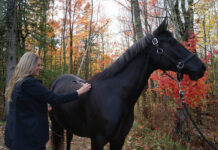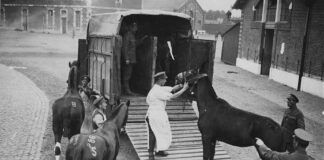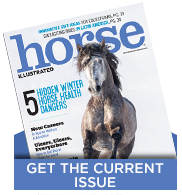There’s been a lot of chatter recently about vesicular stomatitis outbreaks among horses in the United States. While it might seem on its face that the disease could affect a very limited portion of equines in the United States, there’s actually much more at stake, says Angela Pelzel-McCluskey, DVM, national epidemiologist for equine diseases for the USDA Animal and Plant Health Inspection Service (APHIS) Veterinary Services.
What is Vesicular Stomatitis?
Vesicular stomatitis (VS) is a viral disease that primarily affects horses and cattle, though it can also affect pigs, sheep, goats, llamas and alpacas. It’s not a new disease; it’s been referenced in texts as far back as the mid-1800s.
VS is found only in the Western Hemisphere; it’s considered an endemic disease of the Americas, occurring in the warmer regions of North, Central and South America. Even though it’s old, there is no vaccination that can protect horses from contracting the disease.
Horses affected by VS may have a fever or salivate excessively and go off their feed. However, the most tell-tale sign of the disease is blister-like lesions (vesicles) on areas of the horse’s body that have minimal hair, like around the mouth, nostrils, coronary bands, sheath or teats.
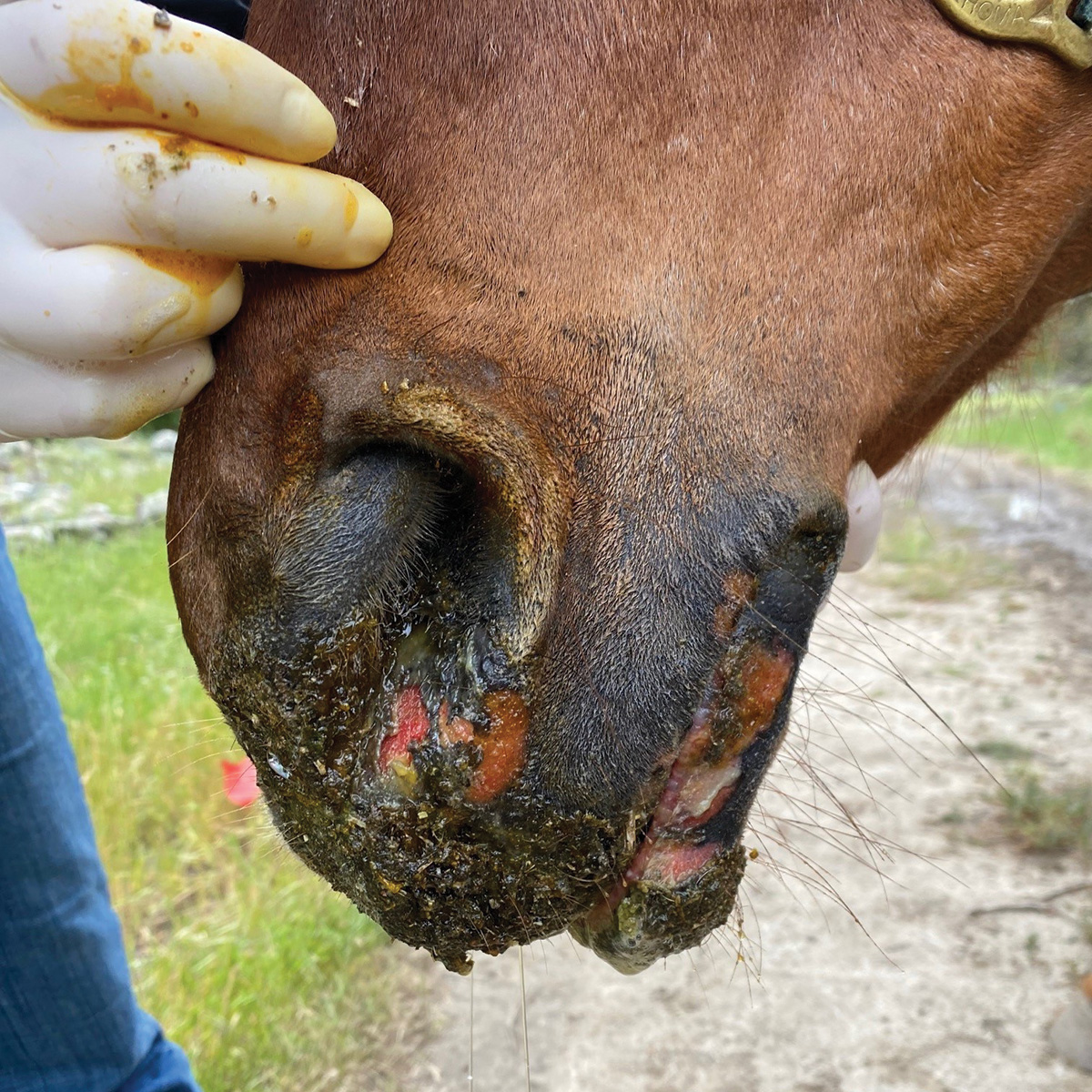
Blisters can also form in the mouth and on the tongue. When these blisters break, they leave behind raw, exposed, painful skin. Horses with VS will often be reluctant to eat or move.
Age or Underlying Conditions
While often quite painful, most horses heal in a few weeks with nothing more than supportive care, which can include the administration of non-steroidal anti-inflammatories to treat pain.
However, older horses or those with an underlying condition may have a more difficult time recovering from a VS infection; these are the horses Pelzel-McCluskey is particularly concerned about.
For these horses, she recommends conferring with the horse’s treating veterinarian about the possibility of feeding a beet pulp instead of hay or grain, or considering the administration of intravenous fluids. Oral lesions can cause enough pain to stop a horse from eating or drinking enough to keep him healthy, putting him at risk of dehydration or colic.
Even horses that become significantly lame from lesions on their coronet bands often heal with no complications other than a defect demarcation in the hoof wall when it grows out.
Why Is Vesicular Stomatitis Concerning?
It’s been established that VS isn’t particularly deadly, and it’s only found in a small geographic area relative to the size of the world.
Why then, is it a disease horse owners need to worry about? Because the impact on the economy—both within the United States and abroad—can be substantial. VS is an international trade issue, explains Pelzel-McCluskey.
The lesions common in VS infections look disturbingly similar to the lesions caused by foot-and-mouth disease (FMD), which can affect sheep, goats, pigs and cows (FMD does not affect horses, cats or dogs). FMD spreads rapidly, and just one case can shut down international trade completely and have massive economic consequences. FMD is one of the most-feared livestock diseases: In some countries, a FMD diagnosis carries a slaughter mandate.
This means that livestock owners in countries where animals can contract FMD (which doesn’t include the United States; FMD was eradicated here in 1929) will do anything it takes to not have animals present with something that even looks like the dreaded disease—which includes VS.
Mandatory Reporting
Like most things in life, open lines of communication are key. All VS cases are “reportable,” meaning that a veterinarian is required to report suspected cases to state and federal animal health officials, who then have to notify trade partners if cases are confirmed.
To ensure that international trade of livestock continues (even if there is a VS outbreak), the U.S. agrees to quarantine all horses affected by VS and report all VS situations to countries with which they trade. If these pieces are in place, equine trade can continue even in the face of an outbreak.
If these things are not adhered to, however, international trade can come to an immediate halt. This causes huge economic impacts, as horses cannot be imported or exported for showing, racing or sales. Shipping of frozen or cooled semen can continue, though some countries may require a stallion test negative before the semen will be accepted for importation.
While there are no exact figures available, it’s estimated that 30,000 horse are shipped by air each year, the majority internationally. So, while you personally might not be sending your horse to an overseas competition, you may have contact with someone who will be around horses that plan to travel abroad—and they may unintentionally spread the disease.
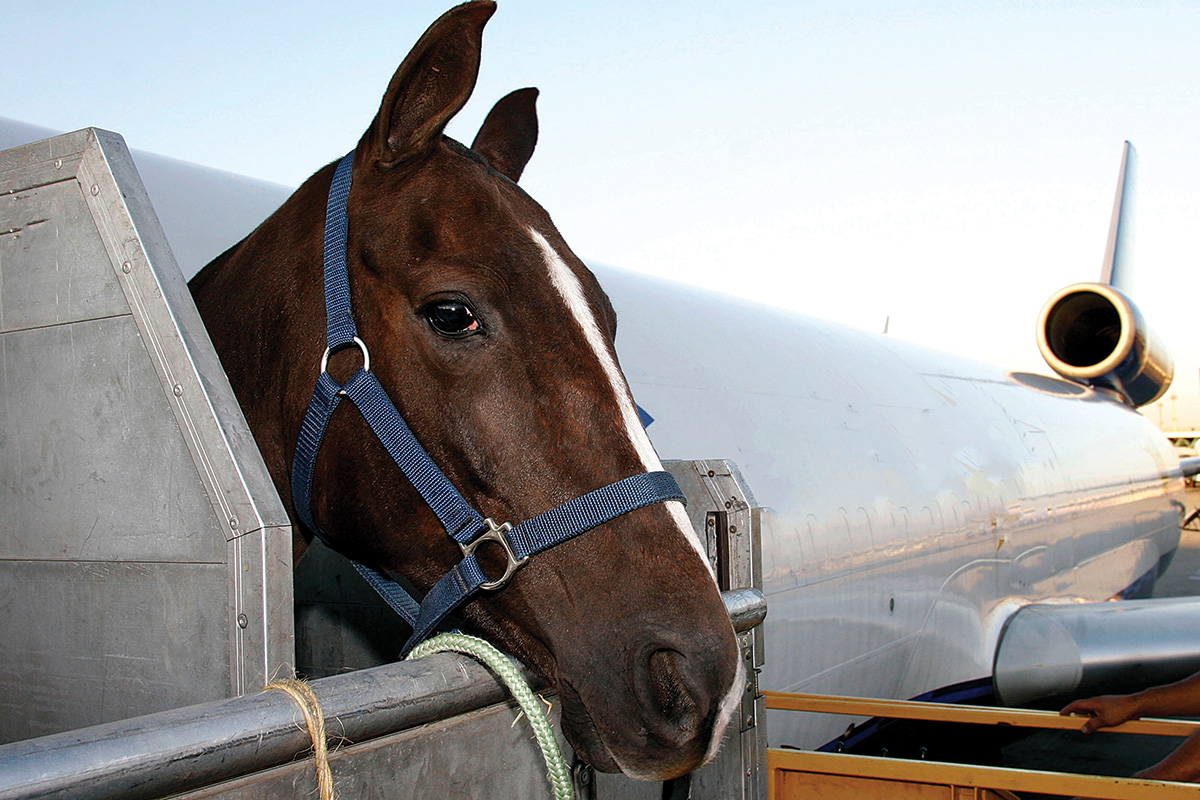
How Vesicular Stomatitis is Transmitted
There are three main VS insect vectors: black flies, sand flies and biting midges, explains Pelzel-McCluskey.
“Both the black flies and the Culicoides [midges] drive most of the VS outbreaks in the United States, though there may be some other insects that can spread the disease as well,” she says.
Interestingly, if a VS-carrying insect bites a horse where he has hair, the horse will not develop the outward lesions associated with VS, but he will create antibodies to the virus. The lesions develop only if an infected insect bites a horse where he has little hair cover.
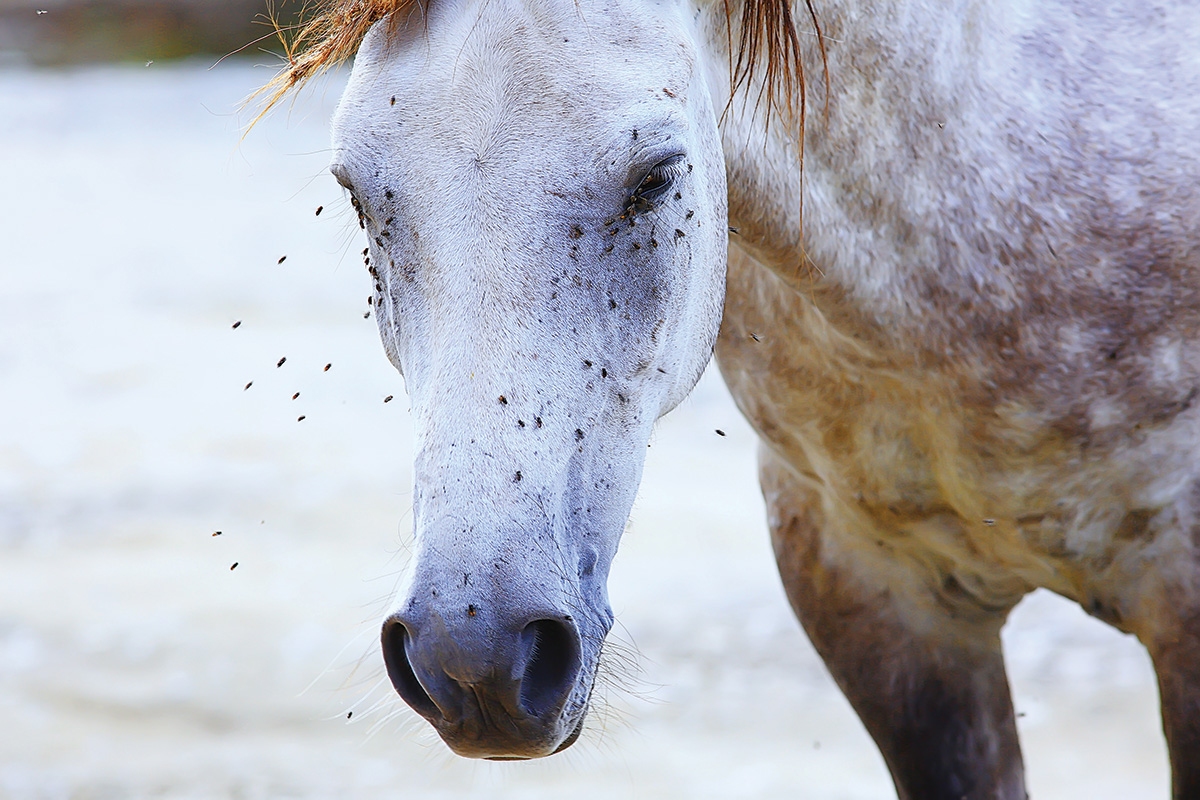
While this seems like the stars must align for the disease to spread, it can also be transmitted from horse to horse via direct contact or on items that have had contact with the ruptured lesions of an infected animal, like buckets, shared troughs and feed bins; even eating out of the same round bale or sharing communal salt blocks can spread the disease, says Pelzel-McCluskey.
Stopping the Spread
VS can spread rapidly, so quarantining affected horses is imperative. The virus can remain active for seven to 10 days once lesions appear on the horse; quarantine lasts for “14 days from the onset of lesions in the last infected animal on the premise.”

Local geography affects how VS vectors move and lay their eggs: black flies like flowing water, while Culicoides prefer damp, muddy areas like those around water troughs and riverbanks.
Black flies’ preference for moving water explains how infected insects can often end up miles from original outbreaks. VS most often enters the United States from Mexico.
“We have a series of historically expected cases because of the way water moves,” explains Pelzel-McCluskey. “It’s often seen in the Southwestern United States and the Rocky Mountain area.”
While it would be expected for VS to appear only in the late spring and summer when biting insects are at their peak, it’s not unusual to have VS outbreaks in the dead of winter in Colorado or Wyoming, according to Pelzel-McCluskey.
These outbreaks are almost always the result of Culicoides, which can withstand cooler weather than black flies. These insects become inactive in cold weather, but one warm day—even in the dead of winter—can reinvigorate them. Culicoides lay their eggs in wet areas, like around water troughs and on riverbanks, the very places livestock go when the weather warms.
Additional Prevention Tips
|
How to Handle an Outbreak
Controlling a VS outbreak must be a multi-pronged approach, says Pelzel-McCluskey.
- First, the owner must isolate a VS-infected animal to minimize disease spread in the horse’s home herd. Additionally, the farm itself must be quarantined to limit the movement of possibly infected animals.
- Second, an aggressive vector control program to reduce the fly population must begin.
“Owners need to remove manure and standing water,” says Pelzel-McCluskey. “They also need to get rid of tall weeds where insects tend to hide.” - Third, fly-control measures need to be implemented or ramped up. This includes daily application of fly spray to horses (including all particularly vulnerable areas like under the belly, sheath or teats and on the face) and the implementation of tools like parasitic wasps that feed on fly larvae, fans (to keep air flowing), or equine fly gear.If you choose to use things like fly sheets, fly masks or fly boots, it’s critical that they cover areas that are most at risk, including muzzles (think fly masks with nose coverings), bellies (fly sheets with bellybands may help) or ears (fly masks with ear coverings).
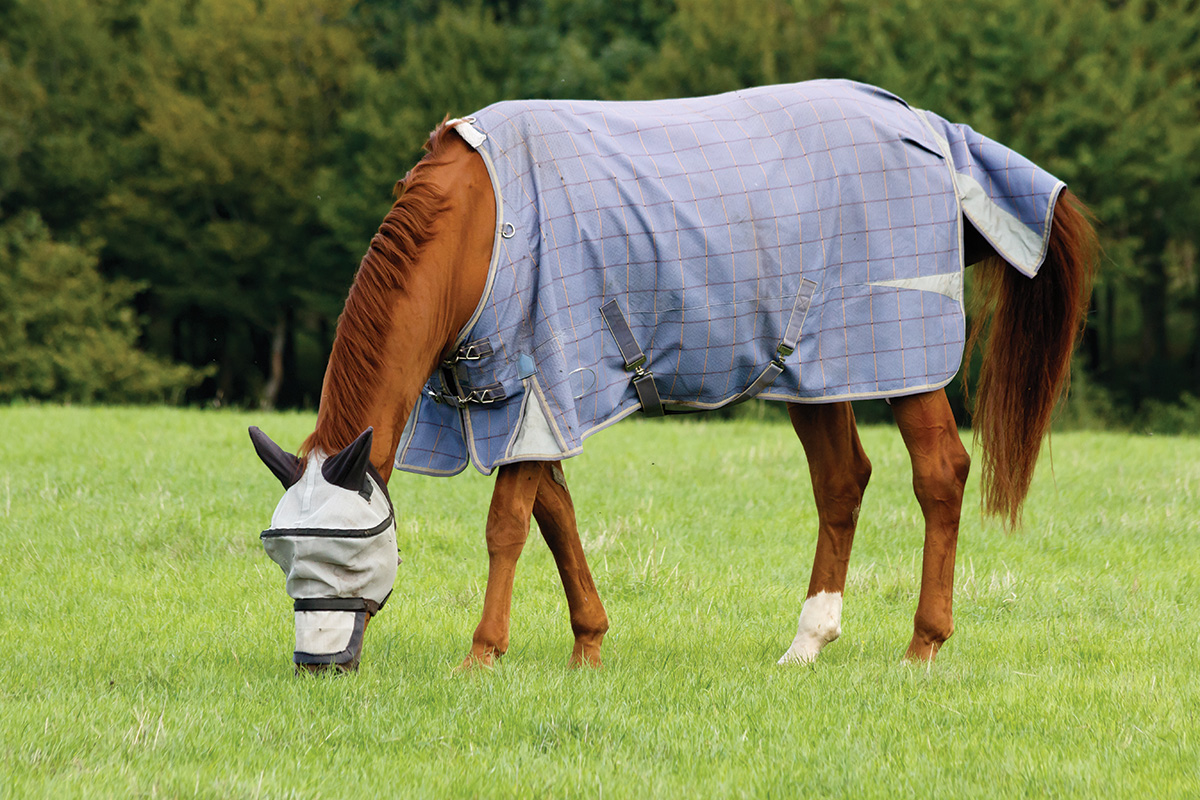
“Think hard about biosecurity and vector mitigation for disease reasons,” says Pelzel-McCluskey. Both play a part in halting the spread of VS. “The horse doesn’t need to be living in a screened stall,” she clarifies. “We have so many infectious diseases that can be prevented by good biosecurity practices and vector control. No one can do it all, but you do want to have a [fly-control] program in place.”
Additionally, owners who implement new fly-control measures should keep a close eye on whether those measures are working. If they are not working at all or don’t seem to be working well, consider trying another, says Pelzel-McCluskey.
Key Takeaway
Pelzel-McCluskey advises horse owners and caretakers to take vesicular stomatitis seriously.
“It’s not just your individual horse that is affected by the disease,” she says. “Good care means you’re improving the lives of all horses on the property,” which has a ripple effect into the entire population of horses worldwide.
This article about vesicular stomatitis appeared in the January/February 2024 issue of Horse Illustrated magazine. Click here to subscribe!



